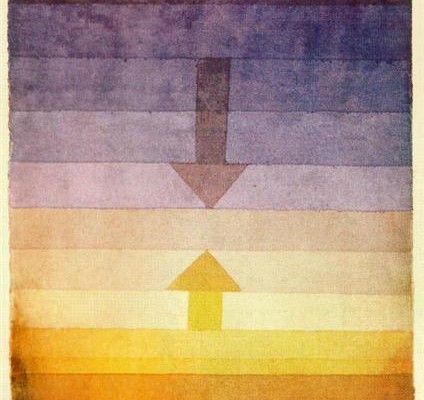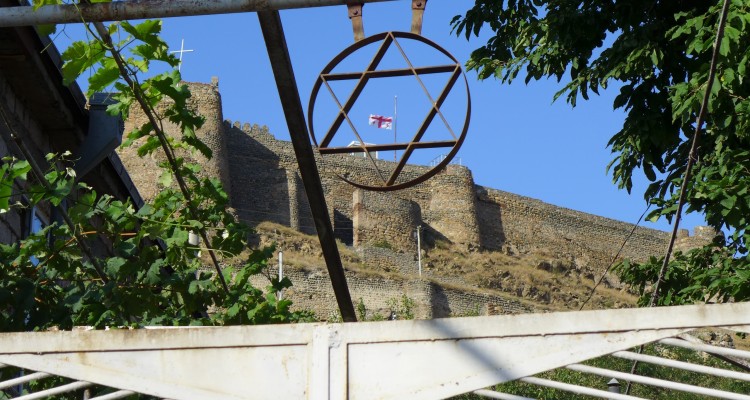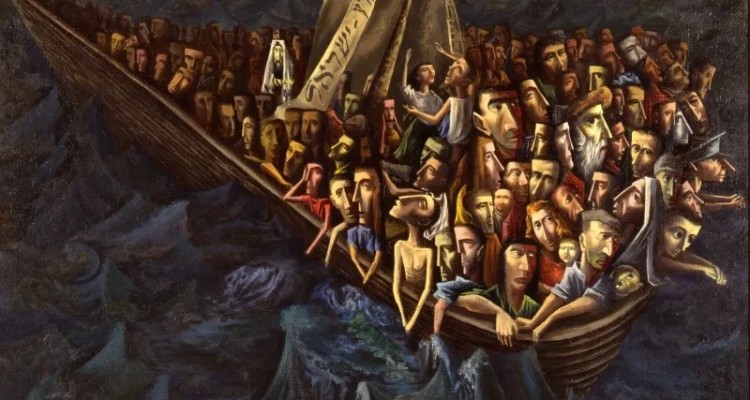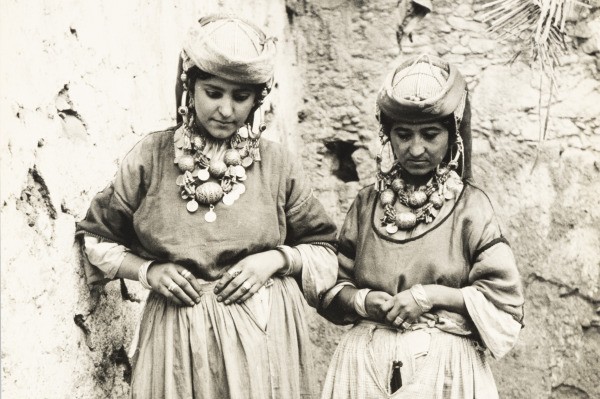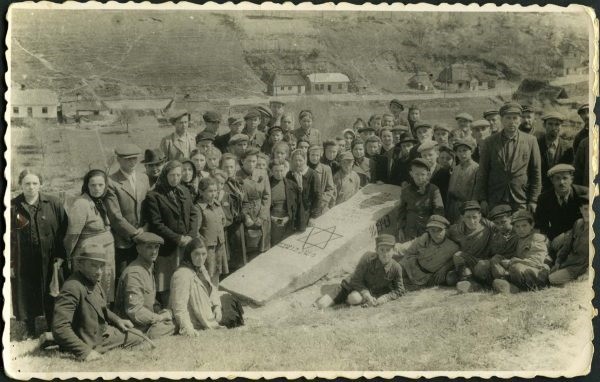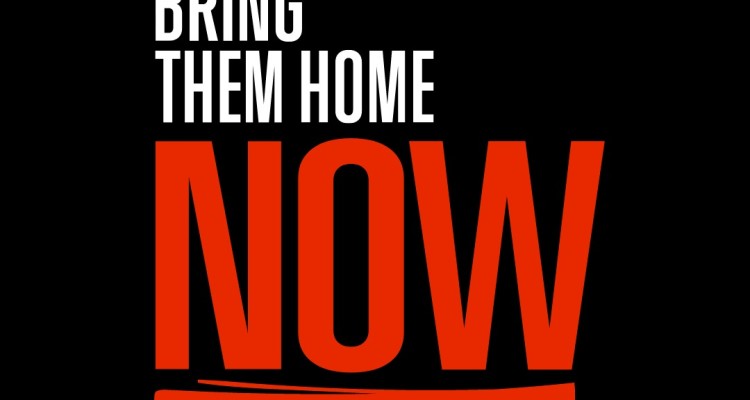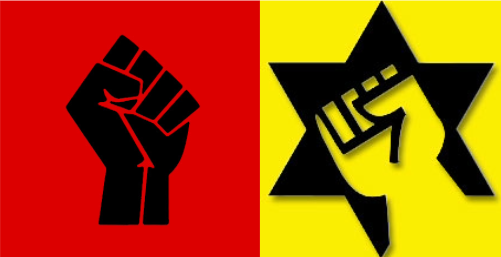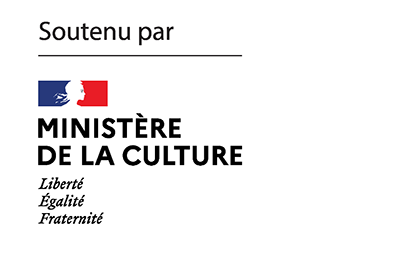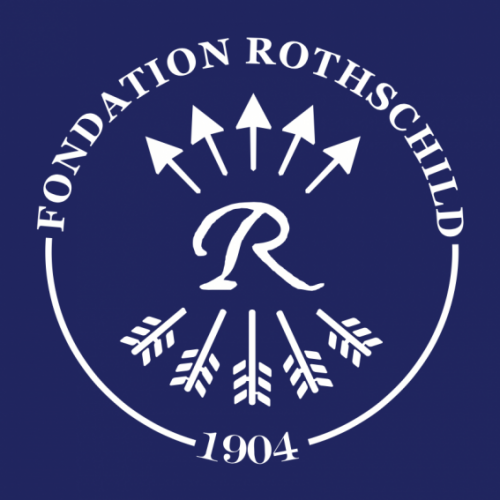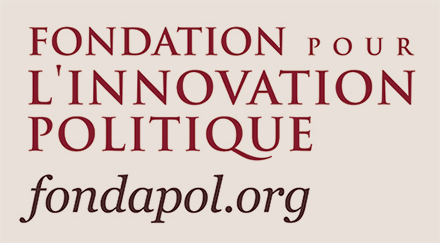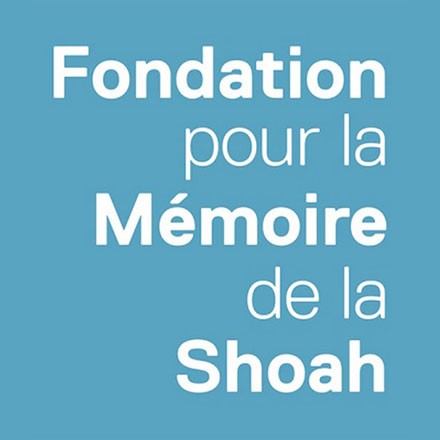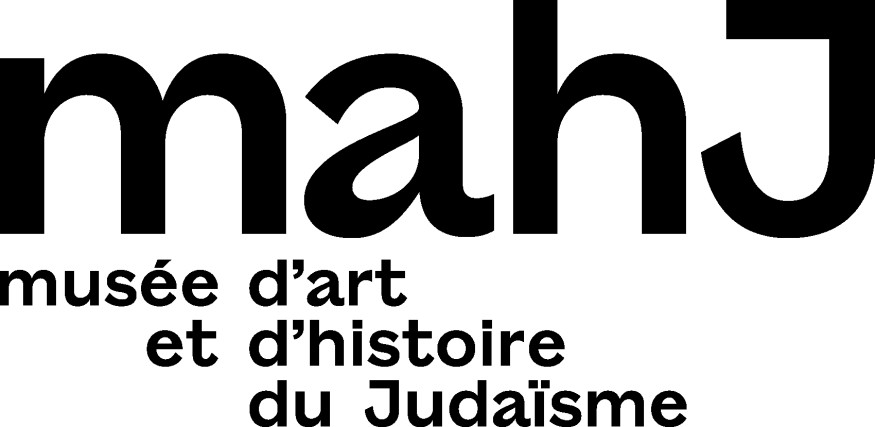History
Each week this summer, K. brings you a selection of texts that have already appeared in our pages, but have been brought together for the occasion around a few key themes. This week, we invite you to (re)discover K.’s work on the words of conflict. With texts by Bruno Karsenti, Julia Christ, Danny Trom, Diana Muir and David Lemler.
In Georgia, the local Jewish community is referred to in the past tense. And yet, this community has never experienced antisemitism. Here, Clément Girardot and Yoann Morvan reveal the story of this surprising Georgian exception, a nation whose philosemitism is not enough to ensure the continuity of its Jewish presence.
Pogrom is the term by which the memory of persecution in Eastern Europe has found its way into Jewish memory. But when did it appear, and how was it used? For this text, Elena Guritanu delved into the dictionaries of the last two centuries, in order to trace the history of this term which, because it designates an undeniable horror, has itself been the object of omissions and denials.
Méssaouda is an Arab-Jewish great-grandmother who has just passed on. Yossef Murciano, her great-grandson, remembers her history, her humor, her language, and, above all, the memory of a lack of understanding. In this text, the distant descendant recalls his strange familiarity with Moroccan Jewish culture, in which he has been immersed all his life, without ever really knowing it.
In one of Omer Bartov’s latest books Tales from the Bonderlands. Making und Unmaking the Galician Past (Yale University Press, 2022) he writes about an almost forgotten “end of the world” – that of a Galicia where Jews, Poles and Ukrainians lived side by side – whose memory the historian seeks to narrate from its tales and legends. Boris Czerny provides a critical account, noting that Bartov’s nostalgia for this lost Eden-like land is matched by a mistrust of the way in which Jews have taken over another “end of the world”, which would appear to have turned them into “bullies”.
In February, we published a text by Gabriel Abensour lamenting the lukewarmness of Franco-Judaism and its disarray due to the neglect of its spiritual heritage, particularly its Sephardic one. David Haziza responds here, in the form of a “moderate and amicable critique”. While he agrees with Abensour’s observation of a loss of the vital forces of Judaism, he doesn’t attribute it to a colonial disdain for Sephardism, but rather to an attempt to make Judaism modern and presentable.
What ideological resources do supporters of the binational solution draw on, at a time when cohabitation between Israelis and Palestinians seems more compromised than ever? Denis Charbit offers us his critical review of Shlomo Sand’s latest book, Two people for one State? Rereading the history of Zionism (Seuil). Born from within Zionist thought, Charbit nevertheless warns us against the deception of turning this perspective against the Zionist project as such.
How should we view the divide between those in Israel who put the destruction of Hamas before any consideration of the hostages’ fate, and those who, on the contrary, are ready to negotiate their rescue at any price? In this text, Noémie Issan-Benchimol analyzes the coordinates of the debate in terms of cultural and religious ethos. While Jewish tradition sees hostage redeeming as a communal obligation, a significant part of religious Zionism is reviving a Roman ethos of civic honor, which scorns weakness and territorializes fraternity. Can fraternity, specific to the diaspora, continue to inform the politics of a state?
How can we explain the convergence, apparently so spontaneous on American campuses, between anti-racism and anti-Zionism? Following the radicalization of the civil rights movement, Christian Voller traces the genesis of the link between Black Lives Matter and Free Palestine. His story takes us through Brooklyn, where the encounter between Black people and traditionalist Jews sometimes took the form of a gang war.
Join us
With the support of:
Thanks to the Paris office of the Heinrich Böll Foundation for their cooperation in the design of the magazine’s website.
